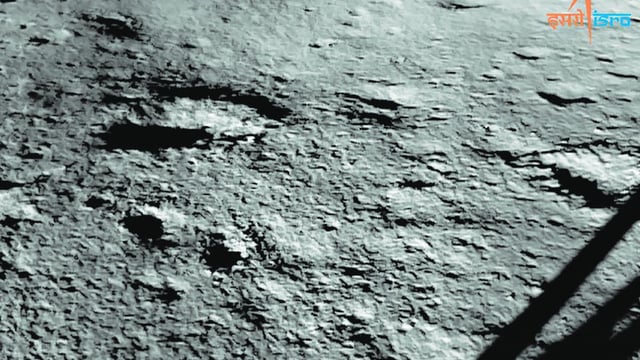Overview
- A Nature Communications study confirms Chandrayaan-3's discovery of sulfur-rich primitive mantle materials at Shiv Shakti Point, tied to the South Pole-Aitken basin impact 4.3 billion years ago.
- APXS data from the Pragyan rover shows anomalous depletion of sodium and potassium alongside elevated sulfur levels, distinct from prior lunar samples collected in the Procellarum KREEP Terrane (PKT).
- These findings provide critical support for the lunar magma ocean hypothesis, suggesting the Moon's crust formed as plagioclase crystals floated during early magma cooling.
- The data suggests the KREEP layer, rich in potassium, rare earth elements, and phosphorus, was absent at the site during the SPA basin formation, challenging assumptions about its distribution.
- The site is now identified as a key target for future sample-return missions and in-situ resource utilization, with sulfur offering potential for lunar infrastructure development.
